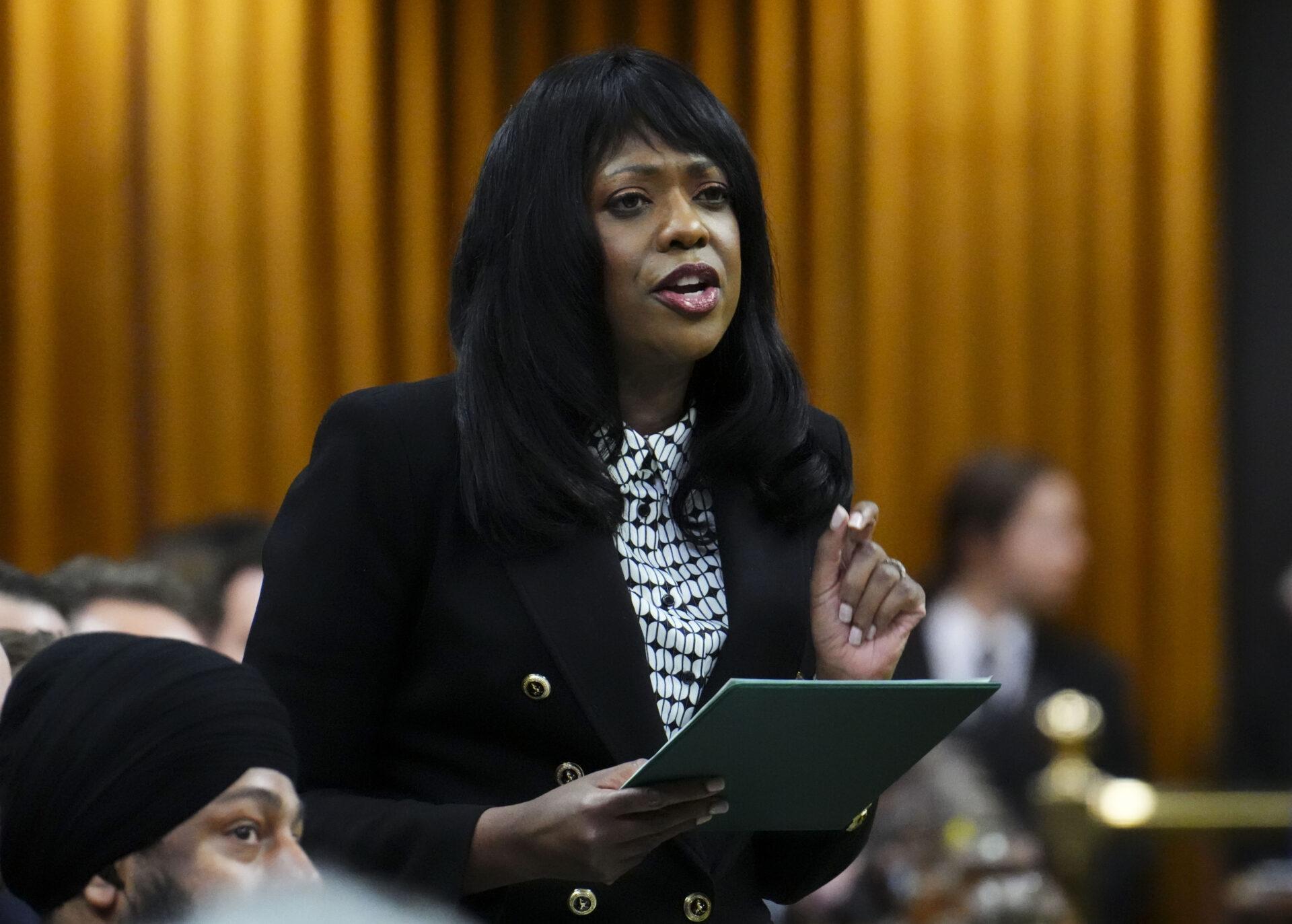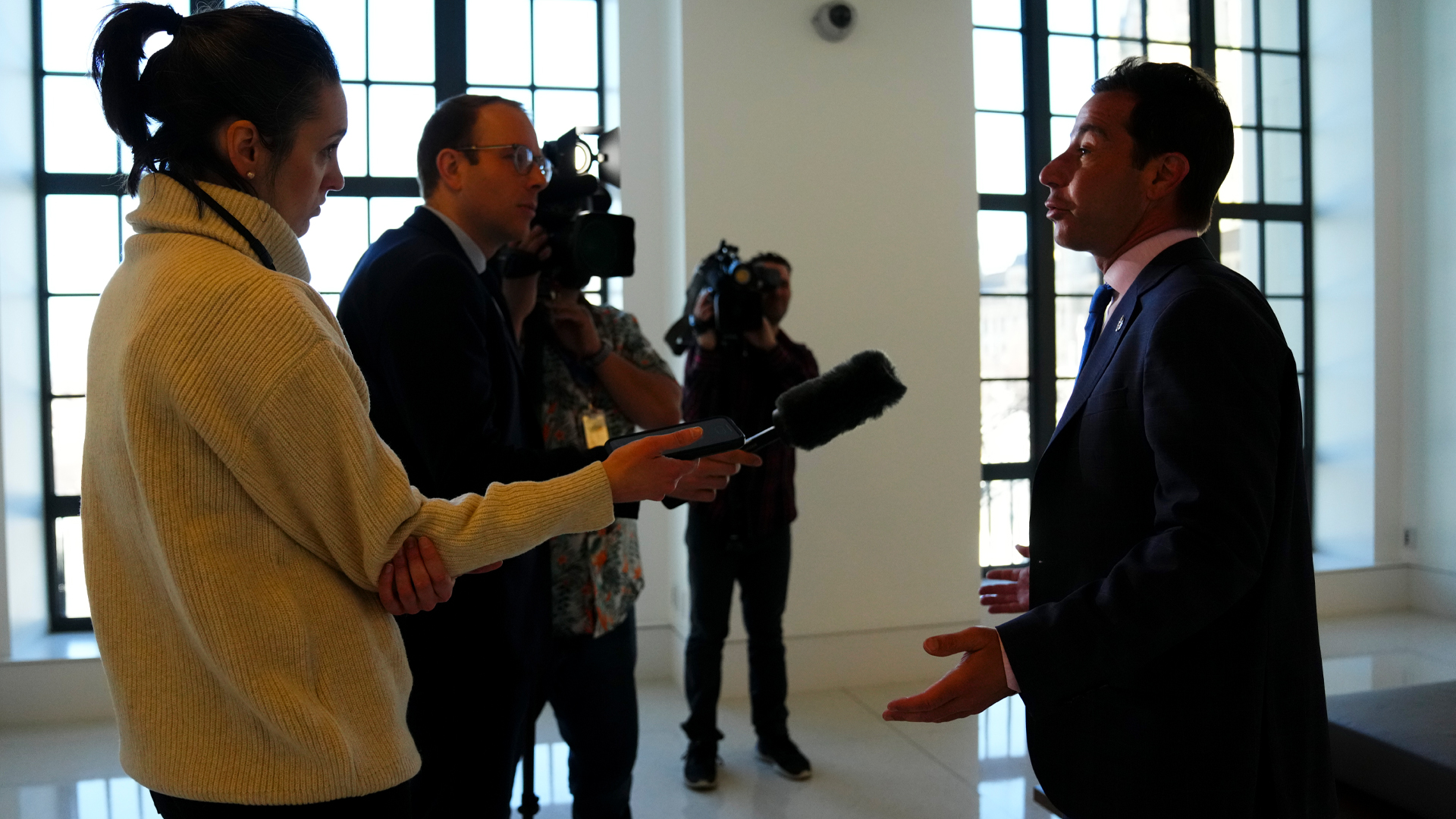
(Version française disponible ici)
One of the fundamental purposes of the House of Commons is to represent the diversity of interests, identities, and values of Canadian society.
In 2021, Canadians elected 53 members of Parliament of racialized-minority background, 15.7 per cent of the House of Commons. These represent the highest number and share for minority representation in Canada’s history, but a significant representational deficit remains. The 2021 census indicates that 26.3 per cent of Canadians were “visible minorities,” the standard Statistics Canada term for “persons, other than Aboriginal persons, who are non-Caucasian in race or non-white in colour.” About 20 per cent of Canadian citizens are of racialized background.
Racialized persons in Canada are not evenly distributed across the country, of course. Ninety-five per cent live in a “census metropolitan area,” urban centres of 100,000 people or more. Indeed, in two of Canada’s largest cities, the white population is the minority: 42 per cent in Vancouver and 41 per cent in Toronto.
Because racialized Canadians are concentrated in urban centres, we will tend to be under-represented. Scholar Jerome Black suggests that, as of 2016, 41 of 338 ridings (about 12 per cent) were “minority-majority,” in which visible minorities constituted more than half of the population. In these ridings, parties have been more and more likely to recruit racialized candidates.
However, 109 ridings are more than 95 per cent white. Thus, even though a record 18.2 per cent of 2021 candidates were visible minority, many were running in ridings where there were multiple minority candidates. In Markham-Unionville, for example, all four major party candidates were of racialized status. Many other ridings in the Toronto region, metro Vancouver, and Calgary had similar slates of all or mostly all minority candidates.
Equitable minority representation in Canada’s House of Commons is about both demonstrating a commitment to fundamental values and substantive representation of the diverse needs and interests of Canadians. However, there are no easy solutions. A truly comprehensive, systemic path to improving minority representation needs to consider the roles of electoral systems, party recruitment practices, and other processes outside the halls of the House of Commons.
For the purposes of this series on parliamentary reform, the question, then, is: can anything be done within the bounds of Parliament and its processes?
One small but important step would be to improve the collection of information about the lack of minority representation in the first place. For instance, the Library of Parliament’s database of parliamentarians, Parlinfo, provides information on all MPs and Senators since Confederation, in 1867, including gender and occupation, but not ethnicity or racialized status.
The Library of Parliament provides research and information to parliamentarians and their staffers. Thus, the absence of information on minority representation in Parlinfo suggests lack of interest on the part of parliamentarians rather than deliberate oversight. Nonetheless, given the relatively small number of visible-minority MPs elected in Canada’s history and the fact that scholars such as Jerome Black have already compiled this information, adding it to Parlinfo should be relatively straightforward. The benefit of demonstrating at least modest institutional recognition of racialized status as an important representational concern would surely outweigh the costs of such an effort.

Unfortunately, Parliament itself has shown little concrete interest in this concern. I searched for the term “minority representation” in both the House of Commons and Senate debates from the 41st Parliament (2011-2015) onwards. I found only 13 mentions of the term in the House. None of them concerned the House’s own role and what it could do better. Rather, the mentions mostly related to arguments about electoral and Senate reform – implications for minority representation of different election processes and changes to the way Senators are chosen.
The story is much the same in Senate debate, and searches of committee proceedings in both chambers produce little further evidence of interest. While not an exhaustive search, what I have seen leads me to conclude that parliamentarians have been largely averse to considering their own role in the problem of minority representation, preferring instead to focus on the possibilities, however implausible, of external systemic fixes.
Some of this lack of interest may be complacency about our incremental progress and self-congratulatory belief in Canada as a welcoming, multicultural mosaic. Another reason could be tied to the fact that the political-intellectual class in Canada – opinion-makers and shapers in academia and the media, for example – are significantly more ethnically homogenous than the Canadian population.
The most recent Canadian Newsroom Diversity Survey conducted by the Canadian Association of Journalists, for instance, reports that “most newsrooms continue to not be representative of the communities they serve.” Minority persons are concentrated in a few large outlets and are less likely to be in full-time leadership positions.
My investigation of diversity in my own field reveals embarrassingly few racialized scholars studying Canadian politics, with less than four per cent of permanent faculty members in departments of political science across Canada. Astonishingly, some larger departments themselves have more white men than there are racialized Canadian politics scholars in the whole country!
The media and academia do not solely determine what is important to parliamentarians, of course, but they do play significant roles in shaping the agenda and the ideas underlying political debate. The lack of diversity in media and academia means that the interests and lived experiences of racialized Canadians are less visible within our political discourse than they should be. It is unsurprising, then, that Parliament and parliamentarians seem so uninterested.
Do MPs represent Canada’s diversity?
Diversity and inclusion are tools for a political party’s success
The federal government could implement two accountability measures to help eradicate racism
In 2010, a Canadian parliamentary delegation participated in, and signed onto, an Inter-Parliamentary Union statement called the Chiapas Declaration. The declaration committed consenting parliaments to debate and adopt plans to improve minority participation, among other actions. These plans, the declaration states, should include measures such as requiring all legislation to include impact assessment on minorities, regularly discussing minority issues and mainstreaming such issues into parliamentary work, particularly within committees, and allocating resources to provide dialogue spaces for racialized persons and groups within House processes.
Our House of Commons has not followed up on these commitments in any meaningful way. It has not, for instance, created even a committee with a mandate to focus on issues of racialization and minority exclusion, when such a committee is assumed to exist in the Chiapas Declaration. There has been minimal attention to minority representation in debate or committee: what little there is has been focused on external fixes or representation in civil society or the public service rather than in the House itself.
As the Canadian delegation’s report on the declaration reflects, our position has been one of self-satisfaction that because there are no explicit discriminatory laws in Canada preventing minorities from participating in politics and because of the progress we have made, there is not much more we should be doing.
Yet, as this series on parliamentary reform shows, the representational legitimacy and democratic quality of the House of Commons should not be taken for granted. Equitable minority representation and inclusion must be accepted as a core responsibility of the House rather than being considered someone else’s problem.
This article is part of the Making a Better Parliament special feature series.











